Photography & Cinema: The Art of Capturing and Telling Stories
Introduction
Photography and film are two visual art forms that capture and tell stories in unique ways. While distinct in their approaches and techniques, they share fundamental principles and have a profound influence on each other. This article explores the relationship between photography and film, their shared history, the techniques they share, and how they complement each other to create powerful visual works.
Common History of Photography and Cinema
1. The Origins of Photography
Photography began in the early 19th century with the early experiments of Nicéphore Niépce and Louis Daguerre. The daguerreotype, invented in 1839, was one of the first commercially viable photographic processes.
2. Birth of Cinema
Cinema was born at the end of the 19th century, thanks to the Lumière brothers who invented the cinematograph in 1895. This invention made it possible to capture sequences of moving images, opening the way to a new form of visual narration.
3. Mutual Inspiration
Early films were heavily influenced by photography techniques, using composition, lighting, and staging to create powerful images. Similarly, photographers were inspired by film to capture dynamic and emotional moments.
Techniques Shared between Photography and Cinema
1. Composition
Composition is essential in both disciplines. Rules like the rule of thirds, leading lines, and framing are used to direct the viewer's eye and create visual impact.
2. Lighting
Lighting plays a crucial role in creating mood and atmosphere. In photography as in cinema, mastering light is essential to highlight subjects and convey emotions.
3. Focus and Depth of Field
Focus and depth of field are shared techniques that help direct attention to specific elements of the image. They help isolate the main subject and create artistic blur effects.
4. Post-Processing
Post-processing, although more common in photography, is also used in film in the form of editing and color correction. These techniques allow for the refinement of images and their visual quality.
Influence of Photography on Cinema
1. Storyboarding
Storyboards, used to plan movie scenes, are essentially serial photographs that illustrate each shot. They allow you to visualize the film before shooting and ensure that the composition and lighting are correct.
2. Visual Aesthetics
Many filmmakers are influenced by famous photographers. For example, Wes Anderson's films are known for their symmetrical composition and color palettes, reminiscent of photographic techniques.
3. Filming Techniques
Photography has also inspired filming techniques such as "bullet time" popularized by the film "The Matrix." This technique uses multiple cameras to capture a scene from different angles, creating a spectacular visual effect.
Influence of Cinema on Photography
1. Dynamism and Movement
Photography incorporated elements of dynamism and movement, inspired by cinema. Photographers captured action scenes and decisive moments that evoked cinematic sequences.
2. Visual Narration
Photographers use storytelling techniques borrowed from cinema to tell stories through a series of images. Documentary and narrative photography projects are particularly influenced by cinema.
3. Cinematic Lighting
Photographers often adopt cinematic lighting to create dramatic portraits and evocative scenes. The use of continuous lights and complex lighting setups is common in cinema-inspired photoshoots.
Examples of Photography and Cinema in Synergy
1. Gregory Crewdson
Gregory Crewdson is a photographer known for his staged photographic scenes that resemble film stills. His complex compositions and dramatic lighting are reminiscent of cinematic sequences.
2. Annie Leibovitz
Annie Leibovitz, although primarily known for her portraits, uses cinematic techniques in her work. Her photographs tell complete stories in a single image, capturing moments in a theatrical manner.
3. Terrence Malick Films
Terrence Malick's films, such as "The Tree of Life," are known for their poetic and photographic imagery. Malick uses natural light and visually striking compositions to create scenes of great beauty.
Training in Photography and Cinema
1. Courses and Workshops
There are many classes and workshops that cover both photography and filmmaking, teaching shared techniques and the fundamentals of composition, lighting, and visual storytelling.
2. Diplomas in Cinematography
Film schools offer degree programs in cinematography, which include photography courses. These programs allow students to develop a thorough understanding of both arts.
3. Learning by Doing
Practicing both disciplines simultaneously can strengthen skills in each area. Photographers can learn a lot by shooting video, and filmmakers can hone their eye by taking still photos.
Conclusion
Photography and film are two art forms that, while having distinct differences, share many common techniques and principles. Their symbiotic relationship has enriched each of these disciplines, allowing artists to create visual works that captivate and inspire. By exploring the intersections between photography and film, one can develop a deeper understanding of visual art and the creative possibilities it offers.
FAQs
What is the main difference between photography and cinema? The main difference is time: photography captures a frozen moment, while cinema captures a series of moving images, creating a continuous narrative.
How does photographic composition influence cinema? Photographic composition influences cinema by guiding the way scenes are framed and structured, creating visually balanced and appealing images.
Why is lighting crucial in both disciplines? Lighting is crucial because it affects the mood, emotion, and visual perception of the image. Proper mastery of light can transform an ordinary scene into a dramatic work of art.
How are storyboards used in filmmaking? Storyboards are used to visually plan each scene in a film before shooting, helping directors ensure that composition, lighting, and narrative flow are consistent.
What is bullet time and how does it relate to photography? Bullet time is a filming technique that uses multiple cameras to capture a scene from different angles simultaneously, creating a dramatic slow-motion effect. It is directly inspired by photographic techniques.
What are the benefits of practicing both photography and filmmaking? Practicing both disciplines allows you to develop a more comprehensive understanding of visual art, improve technical skills, and enhance creativity by exploring different forms of storytelling.


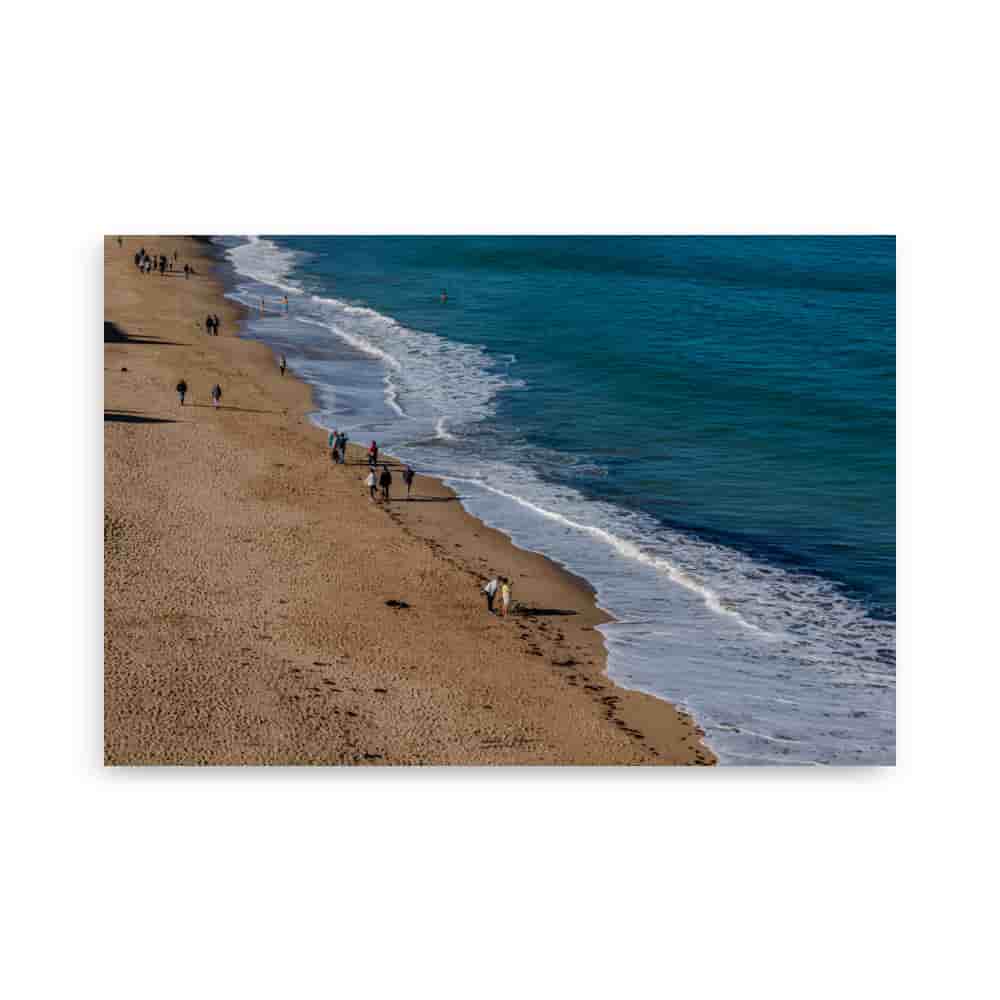
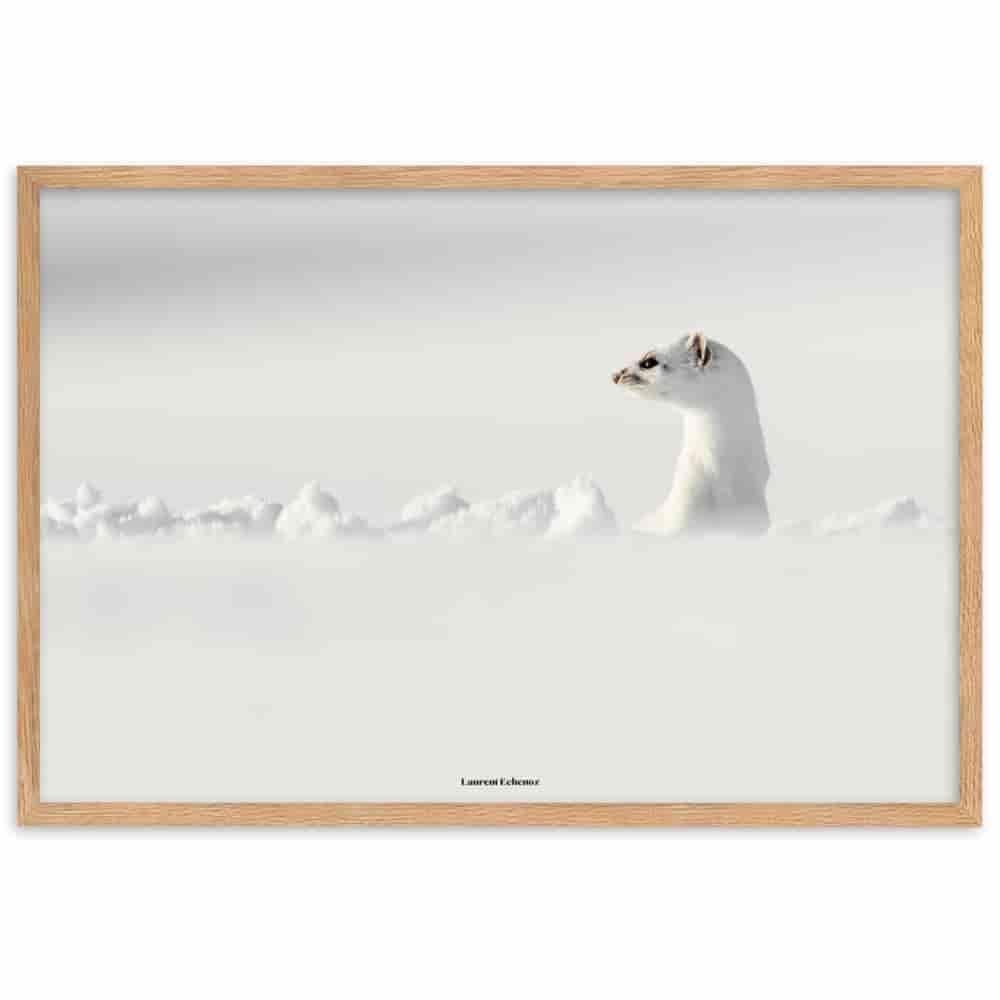
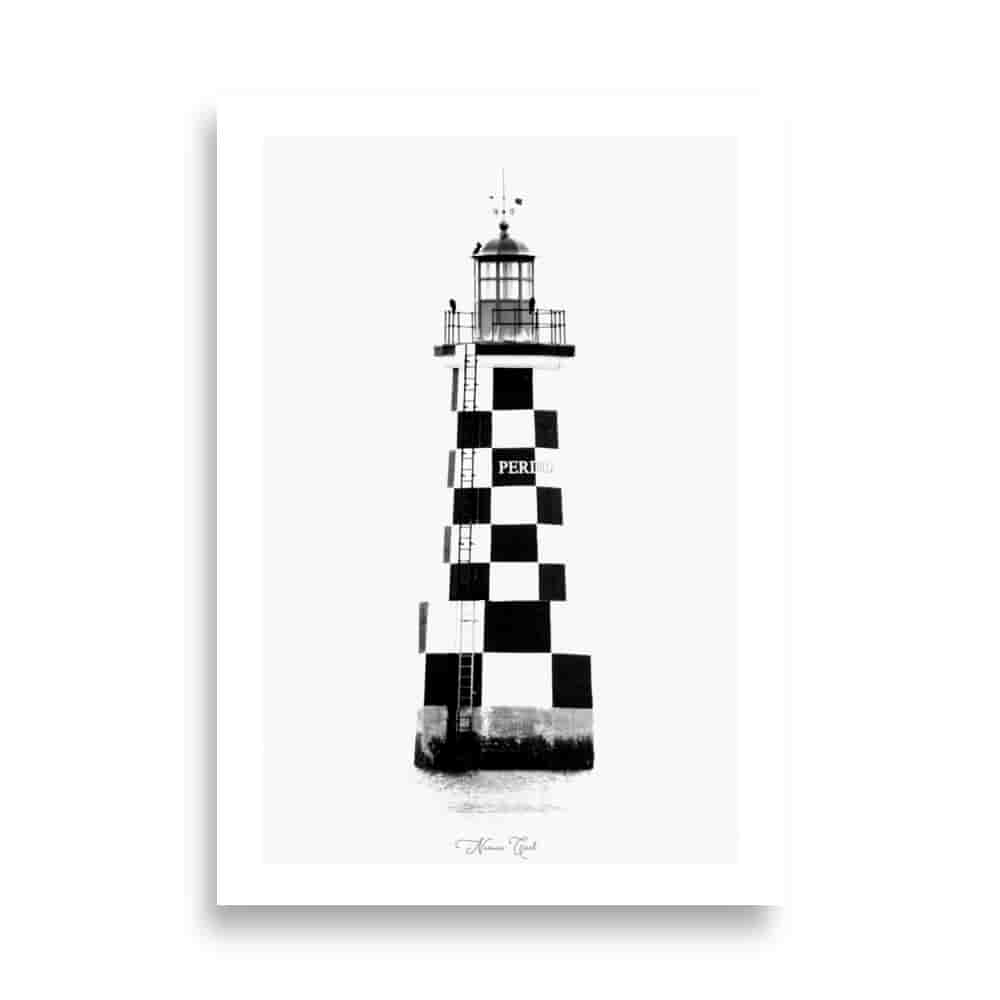
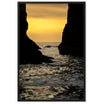






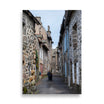




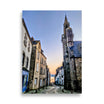


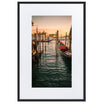










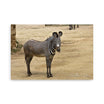


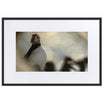



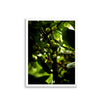


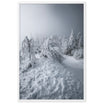


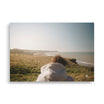
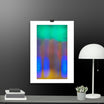




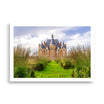

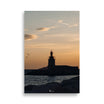


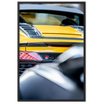

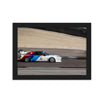

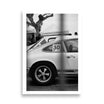
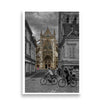






Leave a comment
All comments are moderated before being published.
This site is protected by hCaptcha and the hCaptcha Privacy Policy and Terms of Service apply.